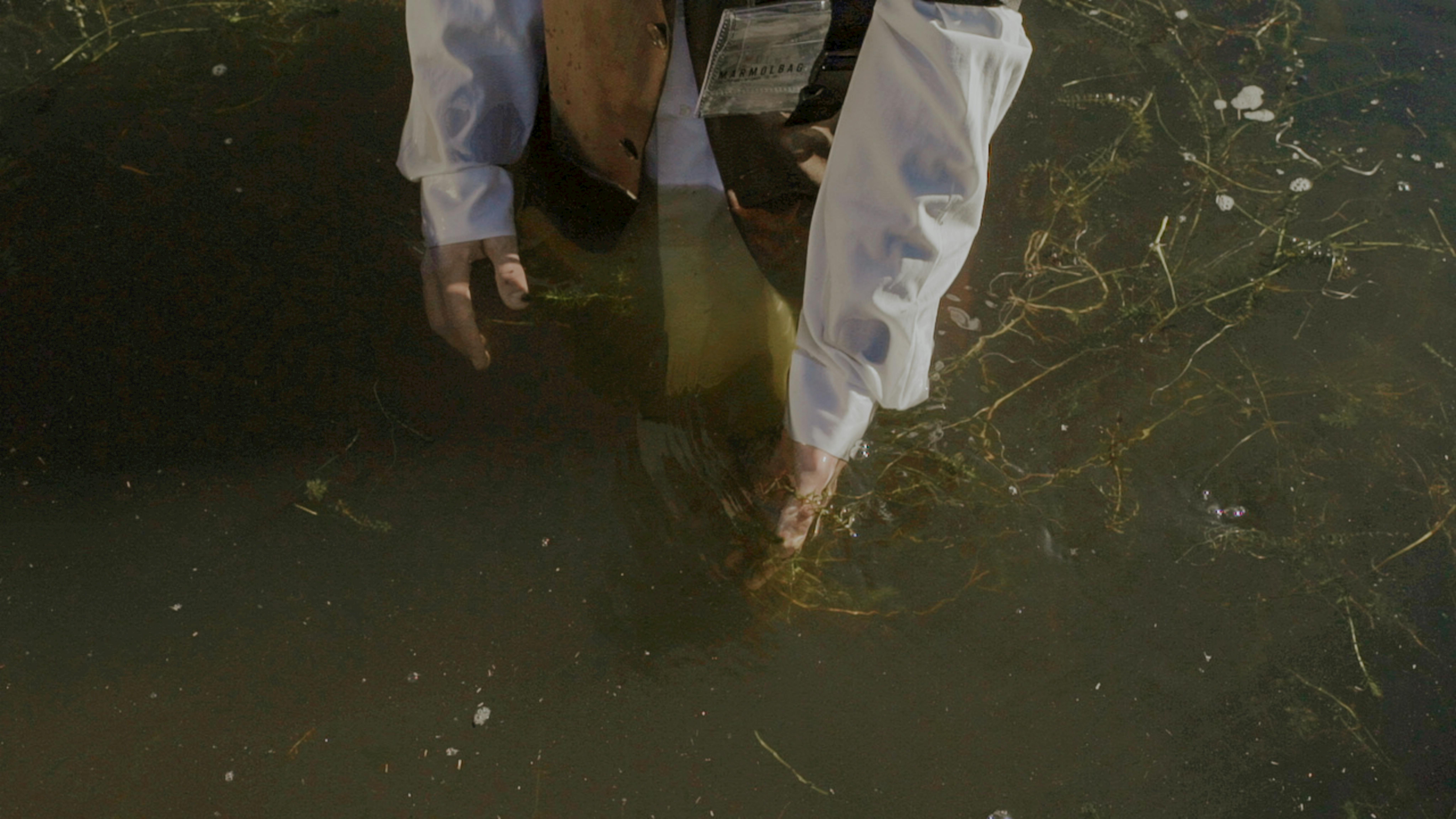After months of restoration work, the Queenscliff is readying to return to Sydney Harbour as the Freshwater Class ferry undergoes its final touches at Garden Island.
Returning the Queenscliff to the F1 Manly to Circular Quay route in the lead up to Sydney’s busy summer months was a key part of the NSW Government’s commitment to return as many Freshwater Ferries to service as possible.
The work is being delivered as part of $114 million investment into Sydney’s ferry fleet in the NSW Budget.
$71.1 million will go towards extensive refurbishments of the Freshwater fleet. As the Queenscliff re-enters service, the next Freshwater to undertake drydocking will be the Narrabeen in mid-2024 subject to availability of the Navy’s Garden Island dry docking facility. That work will allow this vessel to operate in service until November 2027. Freshwater will follow in mid-2025, allowing it to operate until July 2030.
The upgrades will include improved passenger areas such as new seats, bathroom facilities and new accessibility infrastructure.
Local jobs remain a high priority for the NSW Government, with Australian expert naval engineers, electrical engineers, shipbuilders, painters and plumbers working on the refurbishments.
Collaroy will pause serving Sydney commuters at the end of September as its current license to operate comes to an end. While it’s the youngest in the Freshwater Fleet, Collaroy was designed with ocean-going specifications that mean its servicing and operational requirements are different from the other vessels. The Government will make a decision on its future following industry feedback as part of market sounding process to commence at the beginning of October for the potential electric powered replacement vessels, which will inform the longer-term strategy for the Manly route.
There will be a 6-8 week period from October to November, between the Collaroy leaving the harbour and the Queenscliff returning to provide Freshwater services every hour from mid-December for the busy summer period. The Narrabeen’s return in the middle of next year will see three Freshwaters available for service on the Harbour.
The funding will also go towards future-proofing the Sydney Ferries fleet with a Zero Emission Ferry Transition Strategy. Market sounding is expected to commence later this year to test the waters and expedite the transition to low or zero technology across the Sydney Ferries fleet and infrastructure.
Parramatta Class Ferry builds progress
The NSW Government has also allocated $43 million in the Budget for seven new Australian-made ferries for Parramatta River, with the construction of two vessels now underway and expected to enter trials in early 2024.
The first two Parramatta Class vessels, which were designed in the Northern Beaches, have had their hulls constructed with decking, and the wheelhouses are now being built at their Hobart shipyard. Their designs are futureproofed to allow for future electrification as battery, charging and engine technologies improve.
Transport for NSW has worked closely with the naval architects, operator Transdev and union representatives, enhancing the design to ensure the defects that plagued the RiverCat vessels are not repeated with the Parramatta-class vessels.
Transport Minister Jo Haylen said:
“This November will see a hero’s welcome for the Queenscliff, currently getting its final touches in time for a return to the Harbour for the busier summer months, alongside the Freshwater.”
“I am thrilled construction work is well underway on the first two of the new Parramatta Class ferries. These Australian-made ferries will be a vast improvement on the overseas-made River Class vessels that entered service under the previous Liberal Government.”
“While it’s sad to see the Collaroy leave our waters, we’re excited to look to the future of our ferries – moving forward on plans for a zero-emission fleet.”








